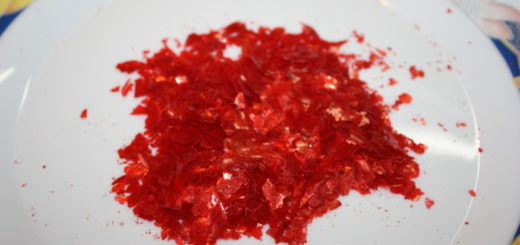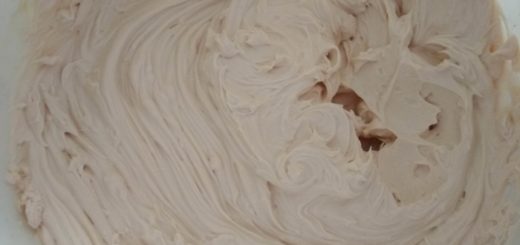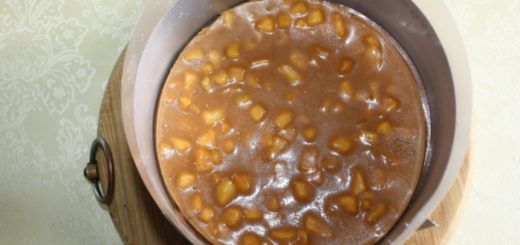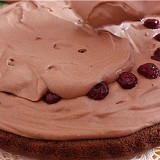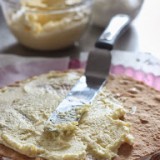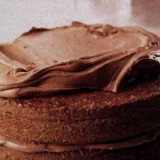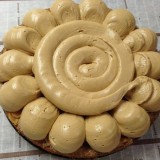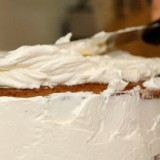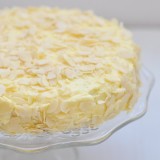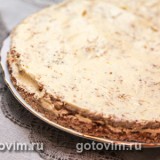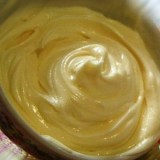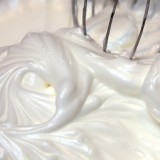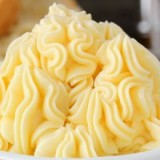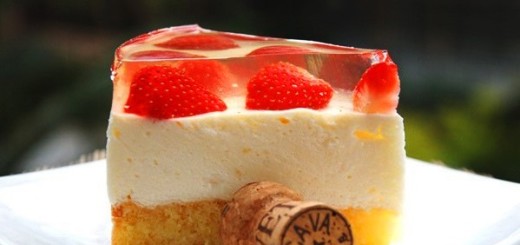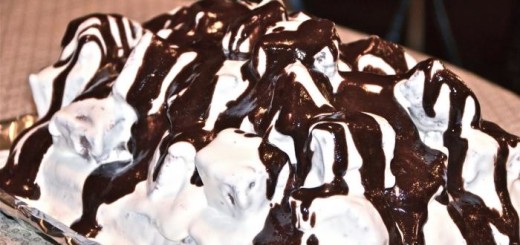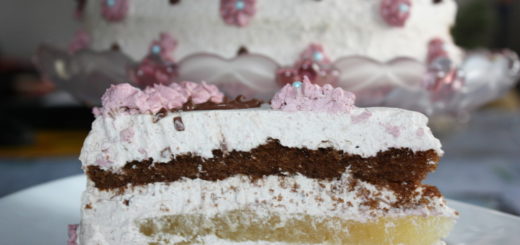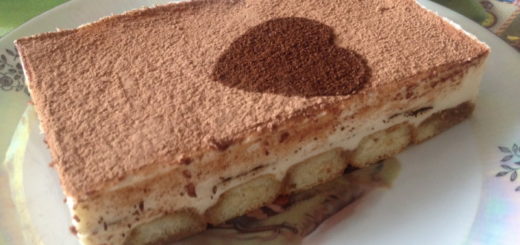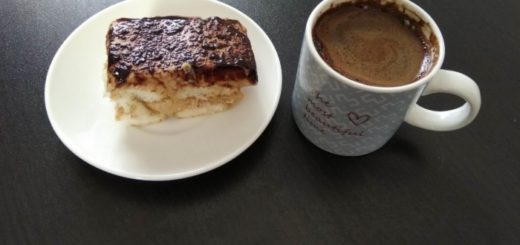Electronic cooking thermometer with a probe and its application in the confectionery business
A cooking thermometer is a piece of professional equipment used to control the temperature of food ingredients. It is a good helper for the hostess, when strict adherence to all the recommendations of the confectioner is required in order to achieve the desired result in cooking. The step-by-step description and photos will help you quickly and easily learn how to use it effectively and get the desired results.
Description of the thermometer
Culinary thermometers are very light in weight to make it easier to work with, they have a different design, but they all have in common that they are equipped with a probe (also called a probe) made of stainless steel, in which the temperature sensor is located. This electronic thermometer works with a small battery (included with the purchase). The temperature range is -50°C to 300°C / -58°F to +572°F. Sold and stored in a plastic tube.

Application features
A cooking thermometer is usually used in intermediate steps in the preparation of various confectionery delights. For example, in order to properly prepare Italian meringue, which is very often used both in creams and as a separate product, it is imperative to maintain the temperature regime in the manufacture of caramel. The temperature varies from +116°С to +120°С, but the most ideal temperature is 118°С. In this mode, proteins are ideally brewed with syrup and the meringue is airy, smooth and lush.

When preparing mirror glaze, or rather before coating the cake with mirror glaze (as, for example, in the Mousse Cake ), the moment of observing the temperature regime is also important. The frozen icing must be melted in a water bath to + 35 ° С / + 36 ° С, and used (cover the cake) at this temperature. If this is not done, your cake will leak if the temperature is too high, or the icing will harden into lumps right on the cake if it is too low.

Benefits of using
Very often in recipes it is recommended to check the readiness of one or another ingredient, which is called “by eye”. For example, we prepare caramel and check its readiness for a frozen drop. Of course, this can and should be done if a kitchen food thermometer is not at hand. But this increases the risk of spoiling the finished dish by overheating the liquid, milk or other sweet mixture. Therefore, if you have the opportunity, then I strongly recommend buying an electronic culinary thermometer with a probe, which will help and facilitate your work in preparing confectionery masterpieces.

